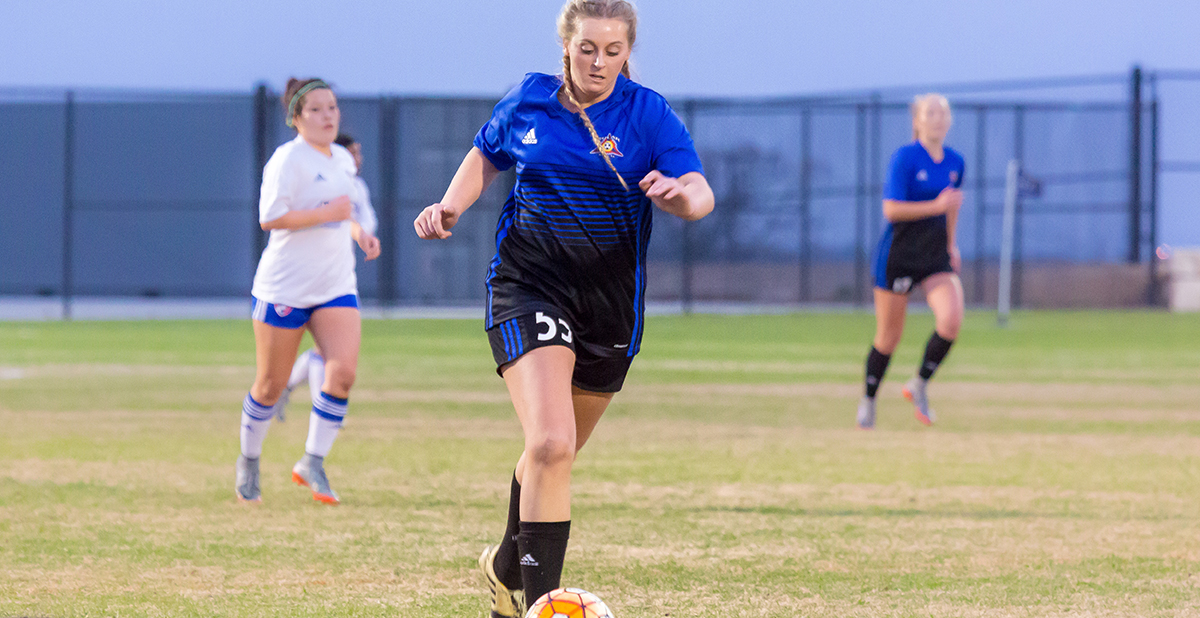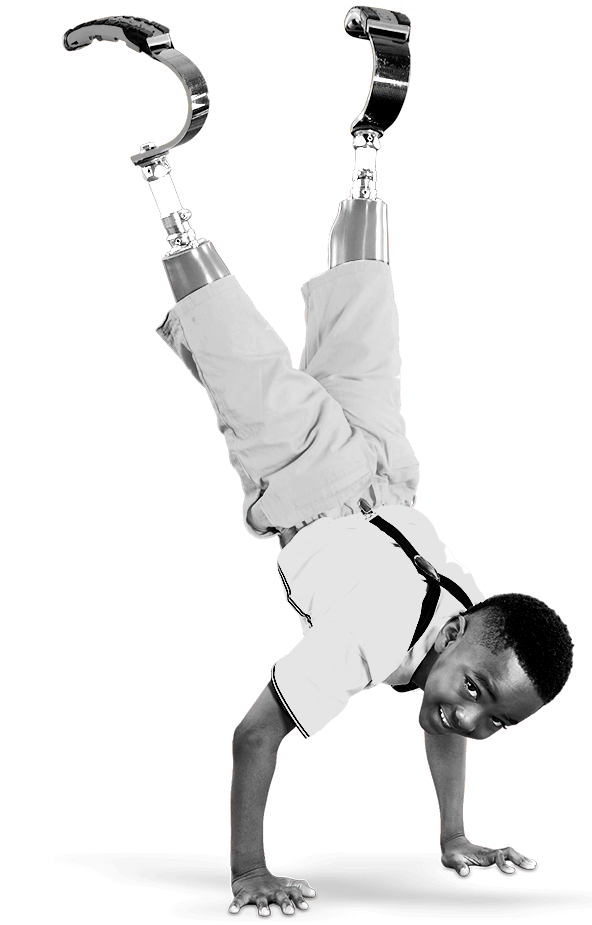
Feb 28, 2018 / Sports Medicine
You have Osteo- what? Explaining Osteochondritis Dissecans
When you see a teenage girl on crutches, what is your first guess for the injury that got her there? Our patient Reegan, an avid soccer player, tells us most people think of a ligament or meniscus injury. She occasionally found it difficult to explain her condition to her friends and teammates.
After seeing several providers, Reegan, a 17-year-old from Coppell, was diagnosed with osteochondritis dissecans, often referred to as OCD, in her knee. This is the technical name for a condition that affects the smooth surface of the thigh bone in the knee joint. In some cases, the bone becomes damaged with a single injury and the cartilage covering can be torn, but in Reegan’s case and more commonly, there is an underlying problem in the bone that worsens over time.
Our sports medicine team cares for OCD in the joints such as the knee, elbow and ankle. Because the condition is somewhat rare, patients like Reegan may find that a specialty team like ours can offer more treatment options.
The first line of defense for early stages of OCD is rest and removing the stresses on the bone that worsen the situation. Therefore, a brace that shifts weight from one side of the knee to the other and crutches are often used in the initial treatment.
Reegan needed a few more steps in her treatment which included surgery to remove loosened pieces of cartilage and bone from her knee, as well as a hemiephysiodesis, a procedure to improve the alignment of the knee more permanently than the brace is able to do.
We are excited to see our MVP Reegan back on the soccer field after a year of treatment and recovery under the direction of Henry B. Ellis, M.D. She is back in the game and there are several colleges who have already expressed an interest in her joining their teams after she graduates.
We wish Reegan the best of luck!
For information about osteochondritis dissecans and pediatric sports medicine, please visit our website at scottishritehospital.org/sports.
After seeing several providers, Reegan, a 17-year-old from Coppell, was diagnosed with osteochondritis dissecans, often referred to as OCD, in her knee. This is the technical name for a condition that affects the smooth surface of the thigh bone in the knee joint. In some cases, the bone becomes damaged with a single injury and the cartilage covering can be torn, but in Reegan’s case and more commonly, there is an underlying problem in the bone that worsens over time.
Our sports medicine team cares for OCD in the joints such as the knee, elbow and ankle. Because the condition is somewhat rare, patients like Reegan may find that a specialty team like ours can offer more treatment options.
The first line of defense for early stages of OCD is rest and removing the stresses on the bone that worsen the situation. Therefore, a brace that shifts weight from one side of the knee to the other and crutches are often used in the initial treatment.
Reegan needed a few more steps in her treatment which included surgery to remove loosened pieces of cartilage and bone from her knee, as well as a hemiephysiodesis, a procedure to improve the alignment of the knee more permanently than the brace is able to do.
We are excited to see our MVP Reegan back on the soccer field after a year of treatment and recovery under the direction of Henry B. Ellis, M.D. She is back in the game and there are several colleges who have already expressed an interest in her joining their teams after she graduates.
We wish Reegan the best of luck!
For information about osteochondritis dissecans and pediatric sports medicine, please visit our website at scottishritehospital.org/sports.



